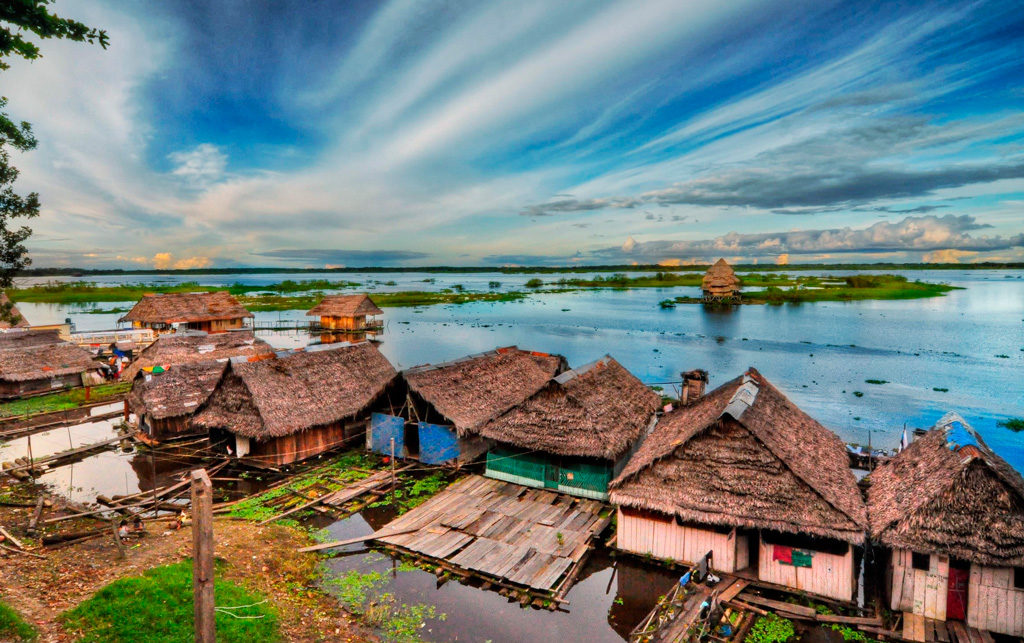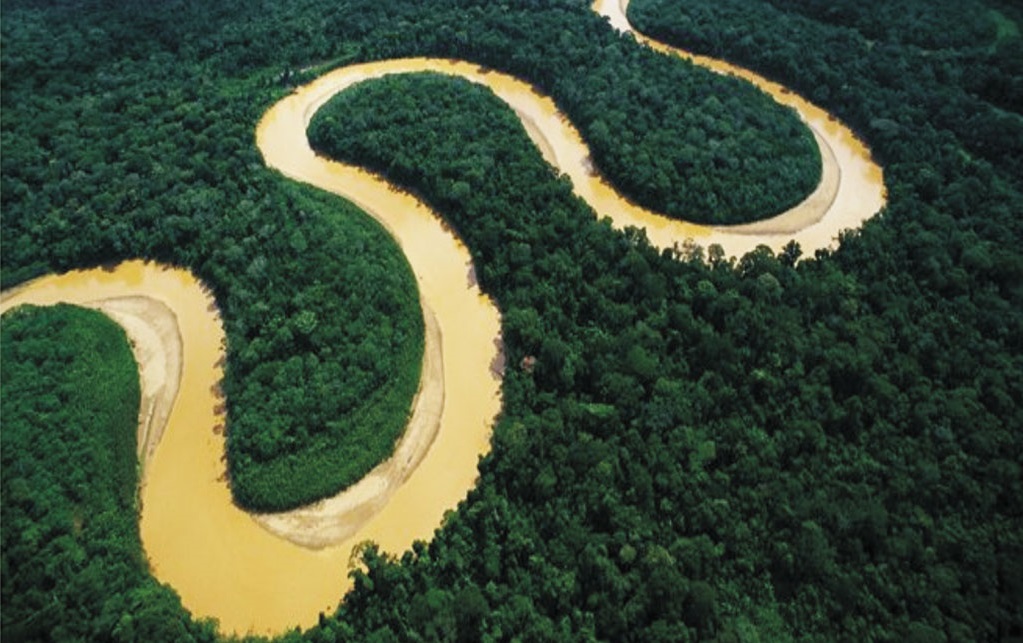

Iquitos was a village inhabited by the Iquitos jungle tribe, from which the name was taken at the time of its foundation in 1864. During the Spanish colony and the gold rush caused by the legends of El Dorado and the Country of the Cinnamon, Iquitos Never had historical figuration.
In 1883 the era and boom of rubber began, the exploitation of its latex and commerce caused some to reach immense fortunes, brought prosperity to the city and began the construction of lavish houses, some with tiles and majolica brought from Portugal. Part of the rumor of this era was the acquisition of an iron house built by Gustave Eiffel in Paris and now located in the Plaza de Armas de Iquitos. The end of the rubber era came in 1912.
In the city of Iquitos you can find handicrafts of the jungle tribes, as well as enjoy excellent regional cuisine, typical drinks, a city of hectic life and great nightlife, or sessions with shamans using ayahuasca. There is great diffusion of folk medicine and curanderismo based on the great amount of medicinal plants that exist.
Iquitos is the largest city in this rainforest region. The architecture surrounding its main square, Plaza de Armas, the Gothic – and Baroque-style buildings in the city’s historic downtown, and the promenade along the Itaya River all recall the boom times of yester-year in the city, which has retained its beauty and now serves as a hub for visitors traveling to and from other parts of the Amazon region.
Youtube videos, Copiright Ciudad Iquitos & Samuel + Audrey